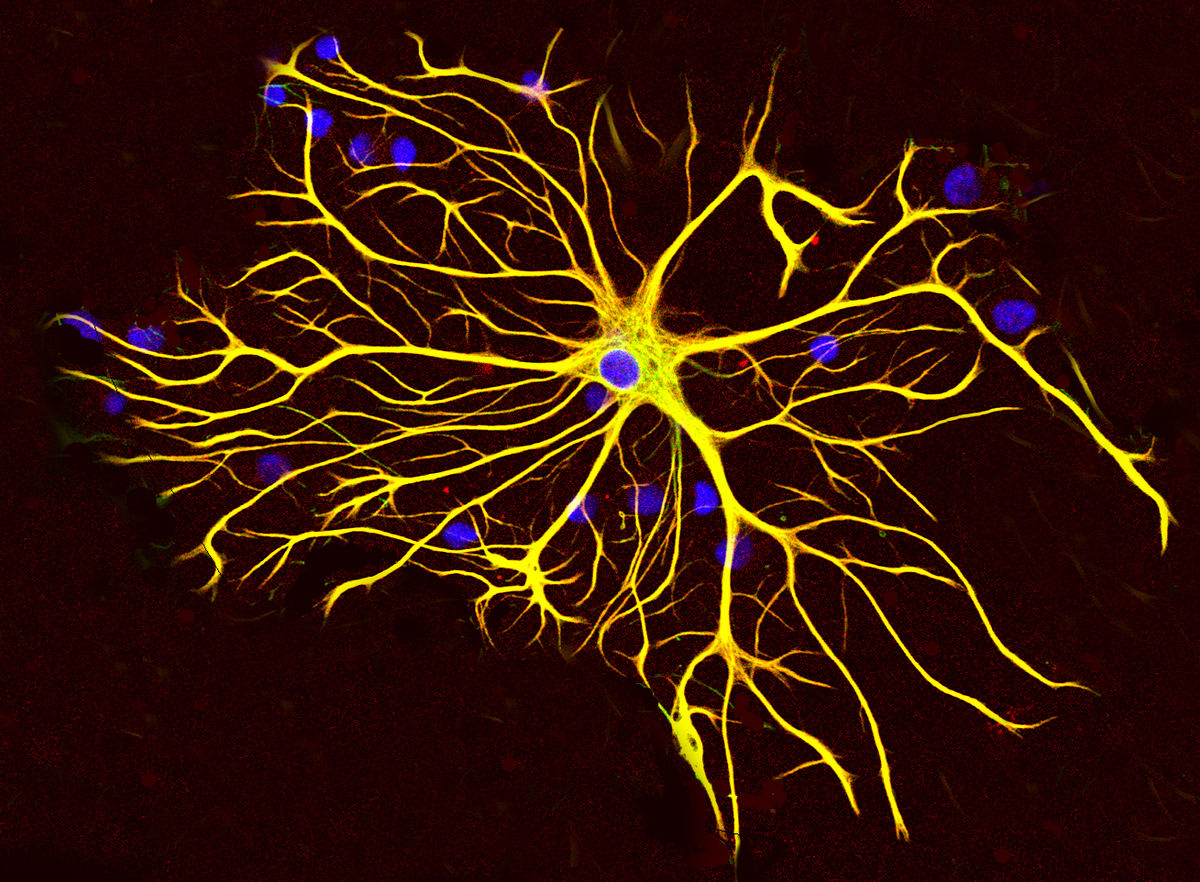Newly publicized results in the journal ASN Neuro established the use of a particular pathway involved in the onset of seizures among patients with multiple sclerosis.
Initiated at the University of California, Riverside, the study involved the examination of 28 postmortem brain tissue samples from a couple of multiple sclerosis patients with a history of seizures and the majority of which had never experienced seizures.
The samples were of the hippocampal region of the brain and it was determined that astrocytes identified in the samples of multiple sclerosis patients with seizures were similar to those observed in epileptic brains, according to the findings.
“Here, we examine astrocyte dysfunction in a cohort of postmortem hippocampal tissue from MS patients with and without seizures obtained from the NIH NeuroBioBank/Human Brain & Spinal Fluid Resource Center (HBSFRC) brain bank at the University of California Los Angeles (UCLA),” the findings state.
“We examined expression of astrocyte-derived molecules involved in homeostatic neuronal excitability that are impacted in epilepsy as well as demyelination extent,” it also reads.
“These targets include the water channel AQP4, the relevance of which is noted above, the primary synaptic glutamate transporter in the adult mammalian CNS, excitatory amino acid transporter (EAAT)2, and the primary astrocyte-expressed gap junction component protein, connexin (CX)43.”
The results of their new findings provide a more clear understanding of how seizures develop in patients with multiple sclerosis, leading to the potential for more efficient therapies in the near future.


